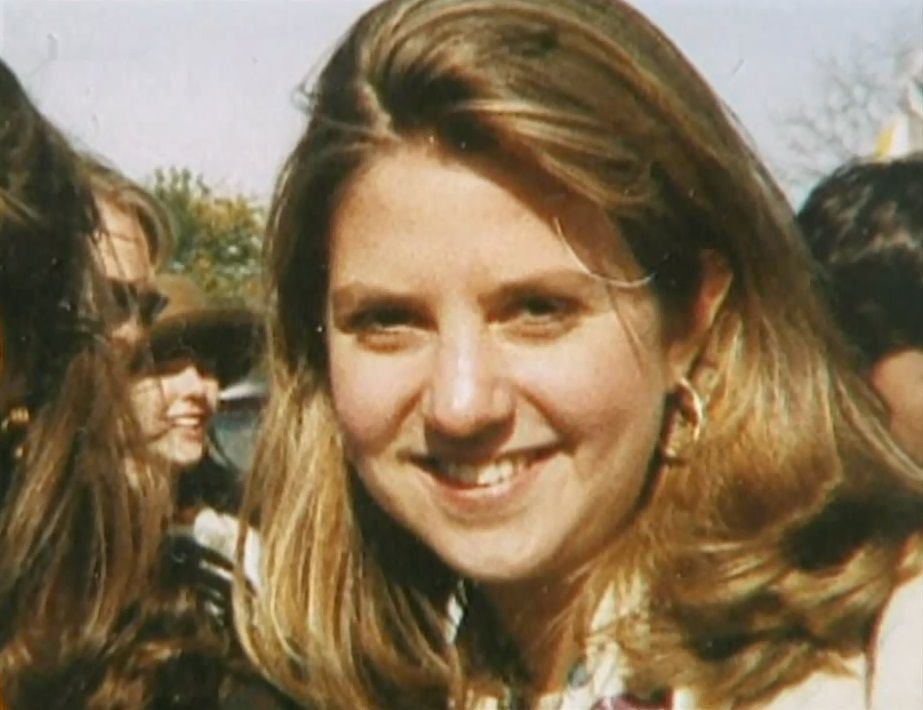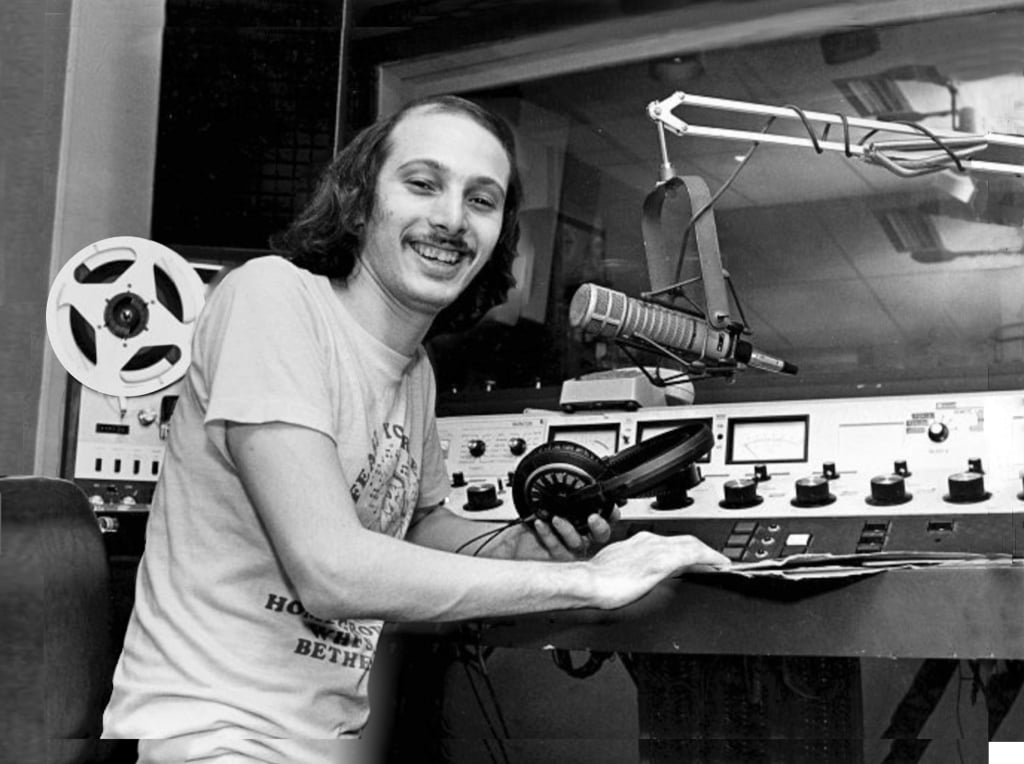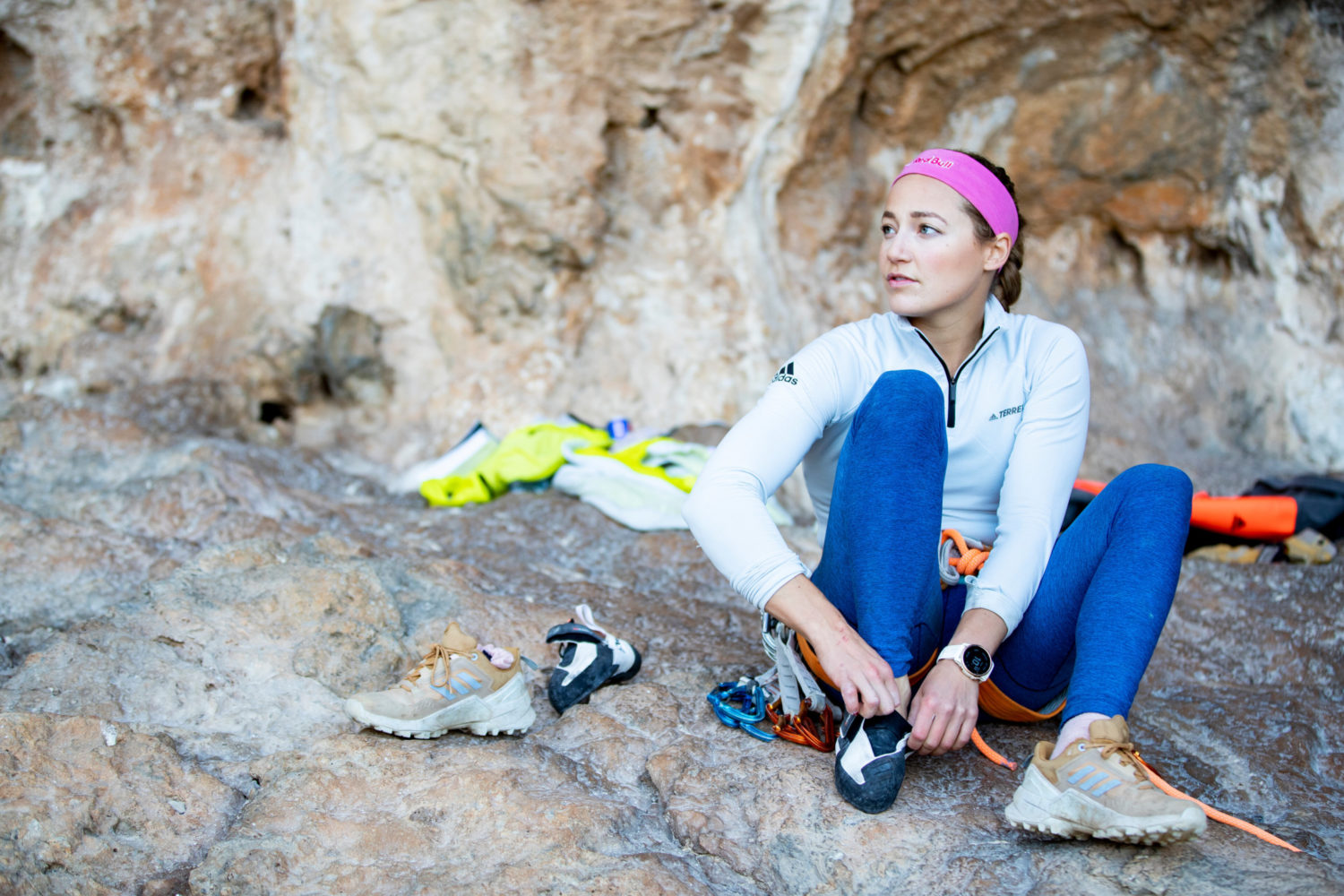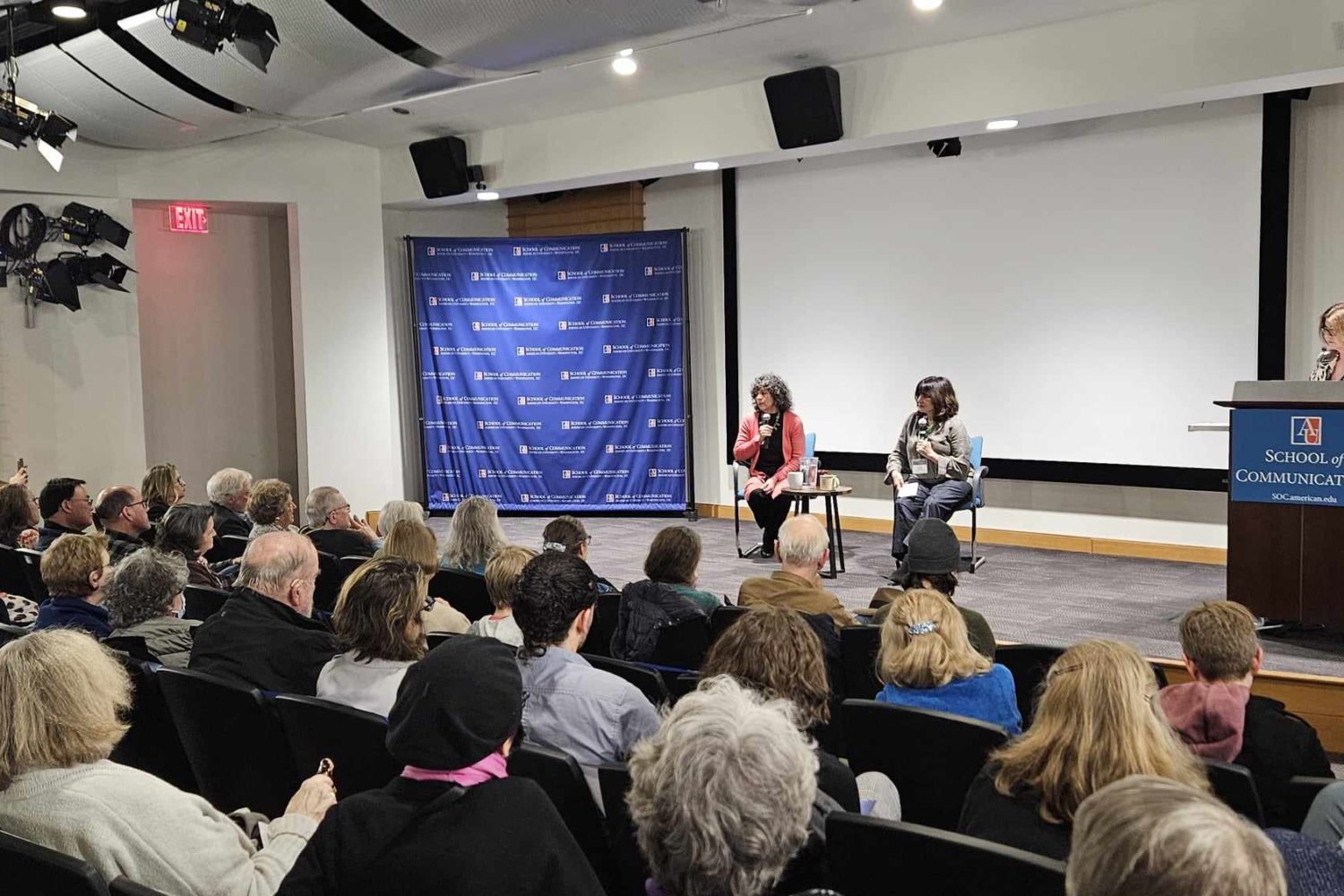In 1992, the disappearance of Laura Houghteling from her Bethesda home became a national news story. The then 23-year-old Harvard University graduate was murdered by serial killer Hadden Clark, whose other crimes were later uncovered.
Houghteling’s death was covered in the 1994 Washingtonian story “What Happened to Laura.” It’s also featured in Born Evil: The Serial Killer and the Savior, a five-part docuseries that premiered Monday on ID and is available to stream on Max.
Susanna Quinn, one of Houghteling’s best friends, was interviewed for Washingtonian’s 1994 story (going by her last name at the time, Monroney) and also appears in Born Evil. She recently spoke to us about her relationship with Laura, the personal impact of her friend’s murder, her involvement in the series, and Houghteling’s lasting legacy.
How did you and Laura become friends? What was your friendship like? What was she like?
Laura and I met on the first day of seventh grade at National Cathedral School. She was ambitious, inquisitive, and most of all, very kind. She was a rule follower and I was an “off the chain” rule breaker. She went into school before chapel to study and I was always in trouble for going to McDonald’s during chapel.
She was responsible and diligent. She was brilliant, and her sense of humor was clever and cutting. She brought out the best in me, while I managed to bring out her more rebellious side—in the most entertaining way possible. We both came from divorced families, and together we navigated that and the many other challenges of high school and college. My mother died three months before Laura was murdered, and I remember driving around Ward Circle and saying to her, “I could not deal with this loss of life without you.”
How did you learn she was missing? What went through your mind?
Her brother called me to say that she had not shown up for work. While it would have been out of character for her to disappear, I assumed she had gone to see an old boyfriend. This was 1992. There was no Netflix, true crime was not a genre yet, and it never occurred to me that there was a sinister reason. My brain simply did not go there.
How did you find out that Laura had been murdered? How did you process that news?
Laura’s brother and I met at her house the day after she missed work. I flopped on her bed and called credit card companies pretending to be her to see if she had bought a train ticket. We called the police that night, and they began investigating. I woke up every day worried but hopeful until I got that call from her mother. She had been killed in the bed that I had been lying on earlier in the week. They had found so much blood on her mattress, and a human being didn’t survive the loss of that much blood, and we knew that she was dead. I lost control, sobbing and banging my hands against the wall.
What was that time like for Laura’s family and friends?
We were reeling at the loss of this precious human while also terrified that her killer was still out there. We were 23 years old and in a sliver of a minute, all sense of our security and safety was ripped from us. I moved in with some friends, and I would beat the [car] horn when I got home from work, and one of my guy roommates would come out and get me and walk me into the house. We were living in fear.
Hadden Clark, the man who later was found to have murdered Laura, did gardening for Laura’s mom. He also had a deeply troubled history. Did you know anything about him at that time?
I really didn’t know anything. He worked as a handyman and gardener for her mother. He also worked at a bagel store on Connecticut Avenue. He would bring leftover bagels to Laura and she would bring the granola ones to me. I nicknamed him, “Bagel Guy.” When she went missing, I remember immediately saying to the detective, “Somebody should call the Bagel Guy. He’s always around here. Maybe he saw something.”
What did you come to learn about Clark as time went on?
He lived in his truck and he wore women’s clothing. Laura’s mother realized that items she was missing like underwear, pearls and a key were likely stolen by him. He had storage facilities all over Maryland. I had to go through the items found with police to see if I recognized anything as Laura’s. There was a necklace that I had bought her for her birthday from South Moon Under in one of his boxes.
To what extent were you involved in and made aware of the police investigation into Laura’s murder?
I didn’t know that Hadden was a suspect until he was arrested. My friends and I were going down and taking polygraphs. They had to rule everybody out, you know. Once we knew she was dead, and we didn’t know who killed her, we knew there was a murderer out there.
What happened next for you?
We were all just gutted. Having just lost my mother, I went into a very complicated state of grief. As I said in the docuseries, the actions of this sick, murderous man sent all of us in directions in which we might otherwise not have gone. I made unfortunate relationship decisions and Laura’s brother struggled with mental health issues and eventually died very young of a heart attack, which I believe happened because his heart was broken.
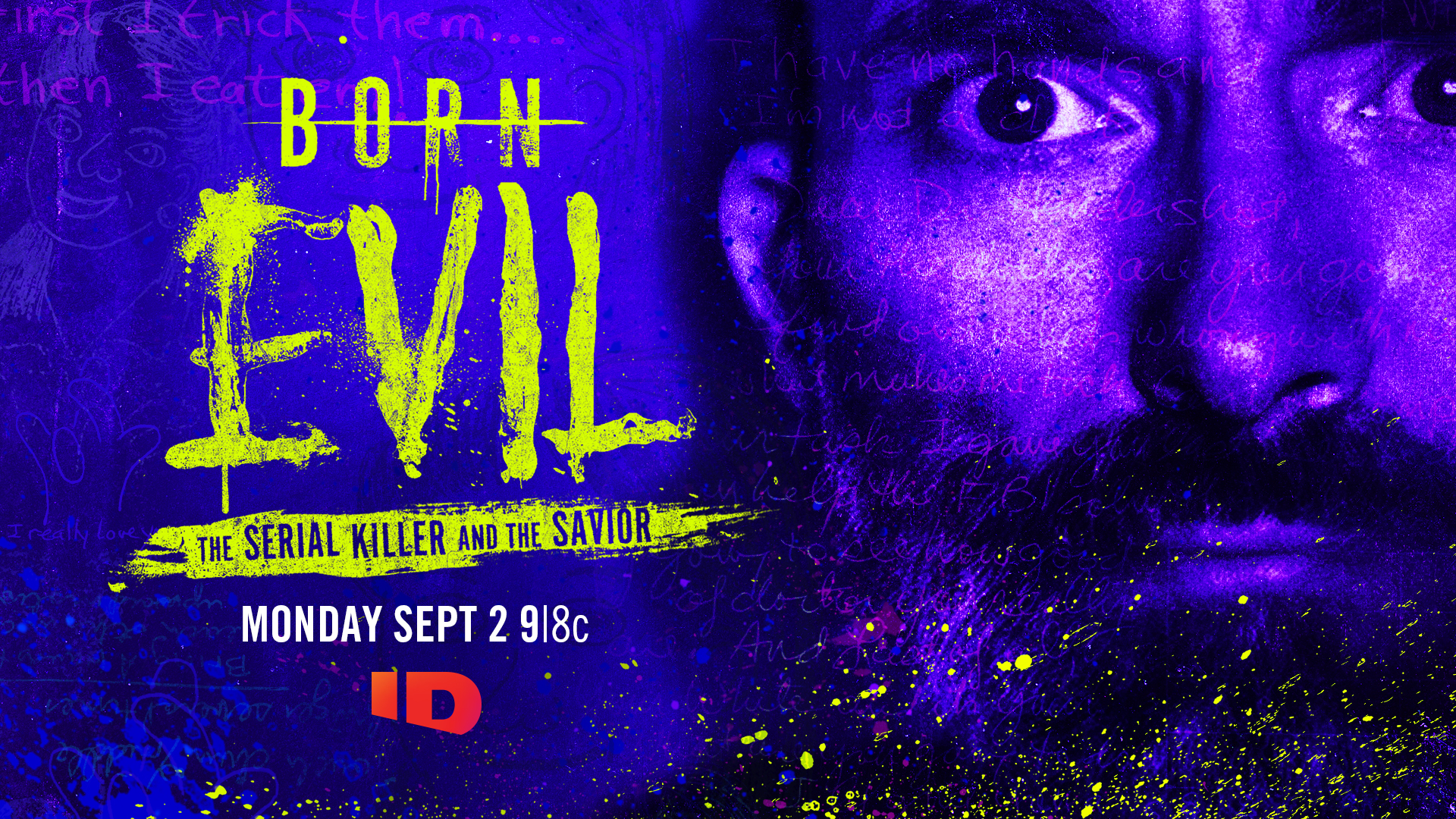
How did you become involved in the “Born Evil” docuseries?
The producers reached out to Catherine Sheehan, another dear friend of Laura’s. She reached out to me. We have both been approached over the years by different storytellers and had said no. But when Catherine reached out to me, she said, “Listen, this is serious. It’s going to be a series. And you know, her mother’s not here, her brother’s not here. If we don’t talk to them, they are not going to capture the essence of Laura.”
What was it like to be interviewed by the filmmakers?
I thought, quite frankly, that it would be easy for me because I told the story of her being murdered so many times. But if you ask me to talk about Laura as a person, and I start getting out the photos and letters she wrote me, it’s very difficult. And once I start doing that, I start remembering how much I miss her. I think about her everyday. I live in the neighborhood I grew up in. I’m constantly being reminded of her. But at this point, I generally think of it with a smile. At my age, I’ve had so much loss that when I think about people who are gone, I think about the happy memories, and they comfort me.
Have you seen the complete docuseries?
They sent it to me and I saw two episodes, the ones I was in. And to see if they captured Laura right.
Did they?
Yes, I would say they did. I only watched the two episodes. I’m not interested in Hadden Clark’s other sick murders.
How did you learn to cope with this kind of loss? Did it shape the person you’ve become?
I’m going to give you the truth, and I hope it doesn’t sound narcissistic, but she got me through my parents’ divorce, she got me through the death of my mother, and I’ve had a lot of loss and a lot of trauma in my life. And of course I miss her when I’m in the Caribbean and I’m in Kiawah Island, and I think about all the fun times we had there. But in some of the darkest times in my life, I think, “God, I wish she was here.”
In terms of learning to cope with loss, I think the Ernest Hemingway quote that Laura chose for her senior page summed it up perfectly: “The world breaks us all but some of us become stronger in the broken places.” I have learned to navigate life with both resilience and heartbreak.
Our magazine covered Laura’s murder in a 1994 story. What should people who read that story or watch the docuseries know about Laura? How should she be remembered?
She really broke the mold, you know? She wrote about me for her college essay, and it was just an interaction between us two. And just the way that she writes—it’s just as much about her as it is about me. She was just very, very smart, very special. She was brilliant. And it takes intelligence to have such a clever sense of humor. She was sarcastic but never mean. She was my favorite person to be around at that point.
She was thinking about getting her M.D.-J.D., so becoming a lawyer and a doctor. Her goal was to figure out what area she could have the most positive impact socially. She was not interested in making money. She was interested in making a difference in the world for people less fortunate than her, and that is absolutely accurate.
I think the loss of her was also about the loss of good. She had a charitable angle on everything and she graduated from Harvard at the top of her class. You’re talking about someone who was brilliant and ambitious and yet so altruistic. And so it’s almost impossible to measure a loss like that.

